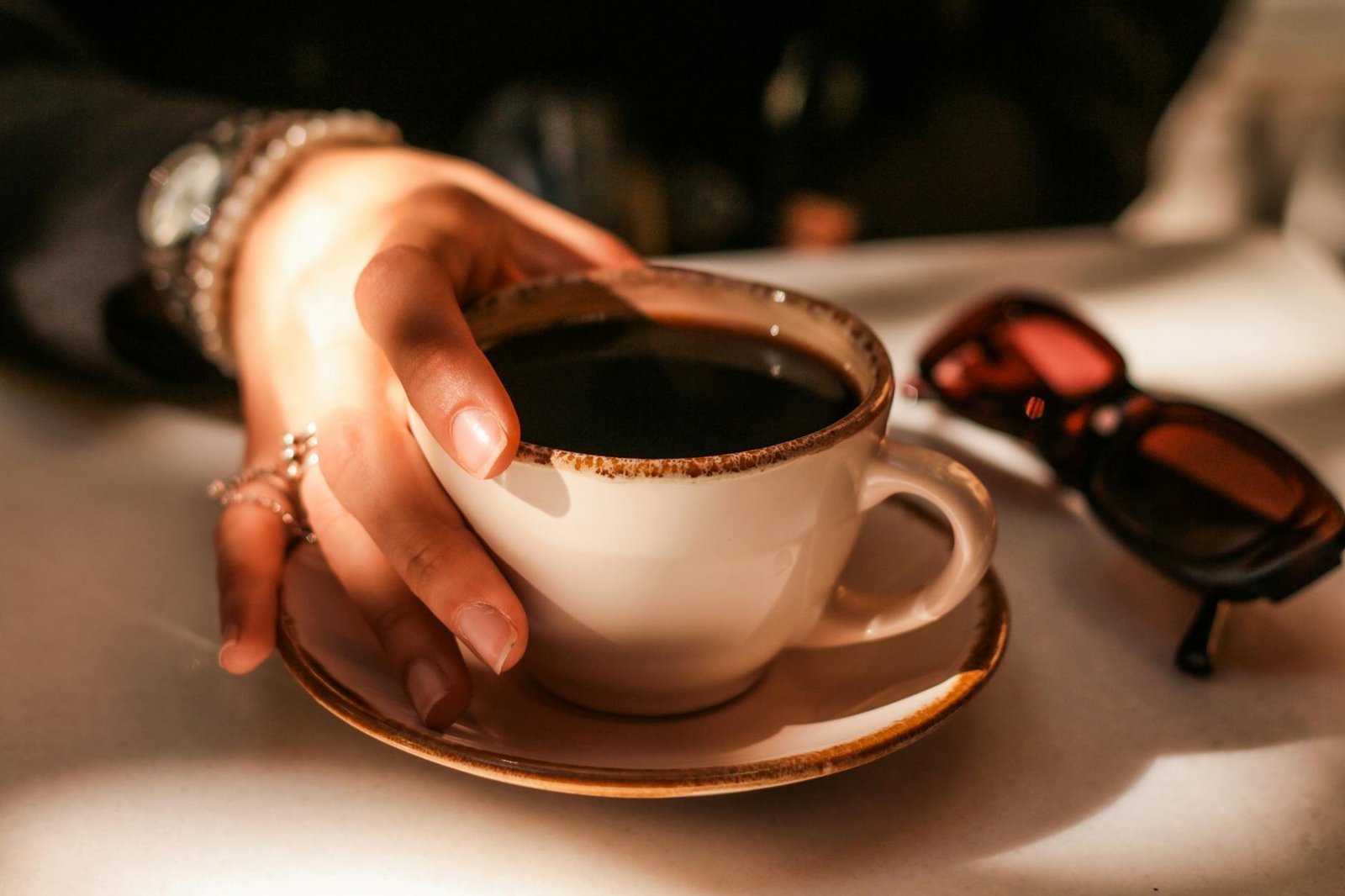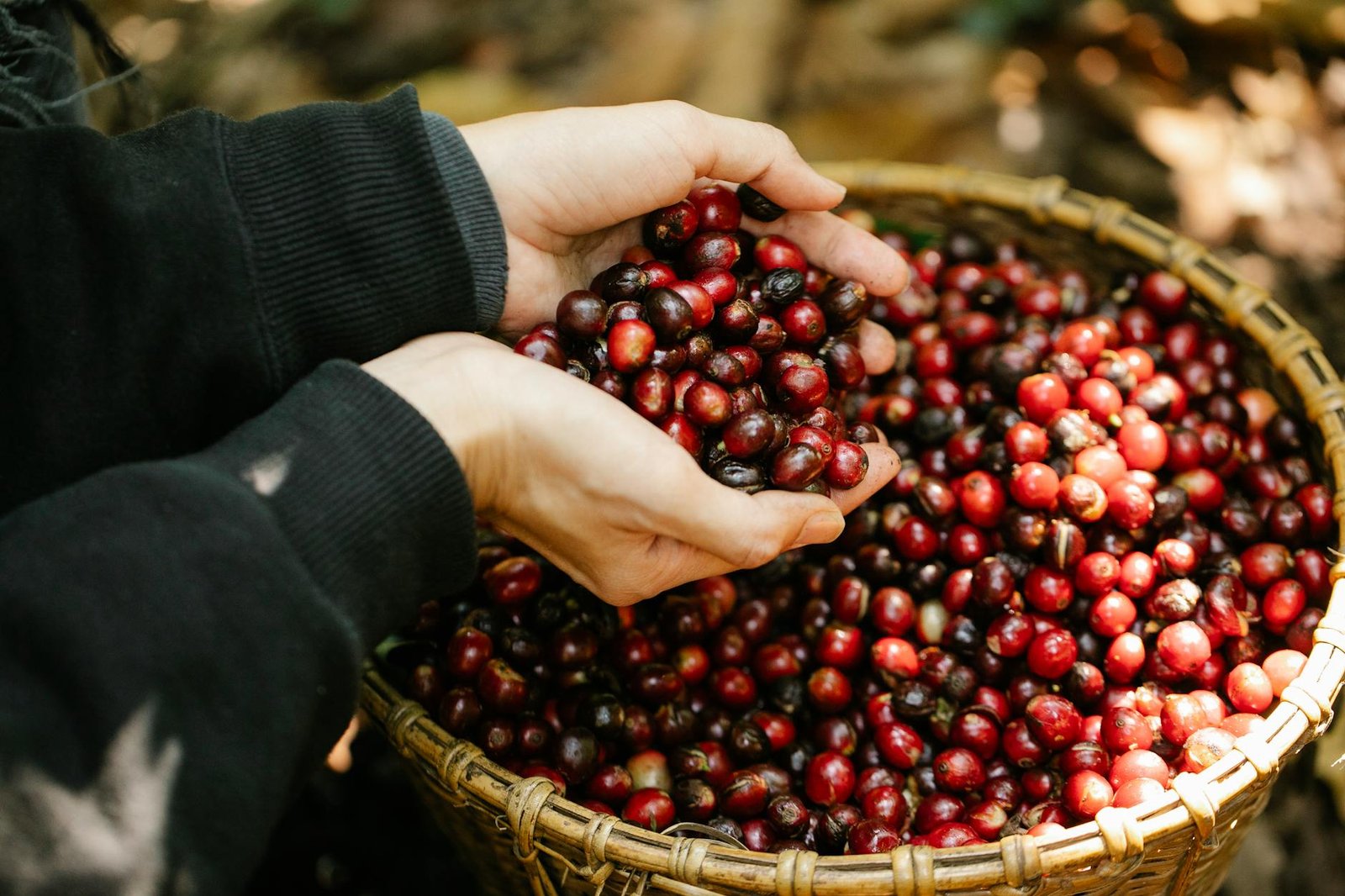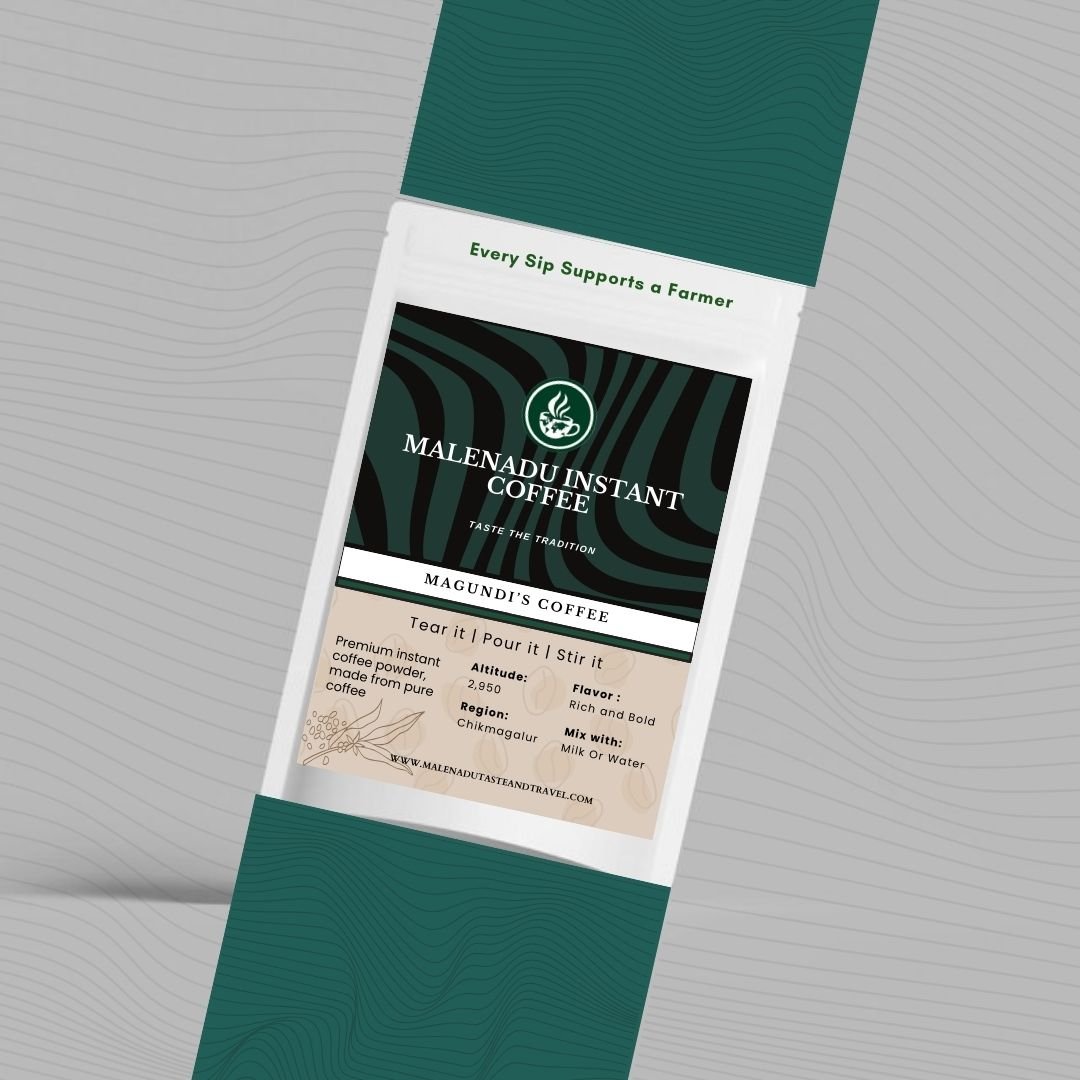Your cart is currently empty!


Coffee Liberica: The Forgotten Gem of the Coffee World
When we talk about coffee, two varieties typically dominate the conversation: Arabica and Robusta. But hidden in the background is a third, lesser-known type: Coffee Liberica. This unique and often forgotten coffee species has a rich history, an unusual flavor profile, and a growing cult following among coffee enthusiasts worldwide. In this in-depth exploration, we’ll dive into the world of Coffee Liberica, its distinct characteristics, cultivation challenges, and how it fits into the global coffee scene today.
What Is Coffee Liberica?
Coffea liberica is one of the major coffee species, along with Coffea arabica and Coffea canephora (Robusta). Originating from the lowland rainforests of Western and Central Africa, specifically Liberia—hence its name—Liberica coffee thrives in hot, humid climates and can tolerate lower altitudes than its Arabica counterpart.
But what really sets Liberica coffee apart is its unusual flavor. It has a full-bodied, smoky, and woody taste, often accompanied by floral and fruity notes, making it dramatically different from the more common Arabica and Robusta beans. To truly understand the botanical intricacies of the Coffea liberica species, you can explore this scientific overview of Coffea Liberica.

The Historical Importance of Liberica Coffee
Liberica was historically significant in the 19th century when it saved the global coffee industry. A fungal disease known as coffee leaf rust devastated Arabica coffee crops in Asia, especially in places like Sri Lanka and the Philippines. As Arabica plantations were decimated, farmers turned to Liberica, a hardy plant resistant to the disease.
In countries like the Philippines, Liberica was so important that it became a cultural symbol, known locally as “kapeng barako.” This coffee still holds cultural relevance in Southeast Asia, where it is enjoyed as a strong, bold brew. Exploring its cultural impact is similar to learning about the role of Luwak Coffee in Indonesia. If you’re interested, check out our Complete Guide to Luwak Coffee for more on another unique coffee tradition.
Why Has Liberica Been Forgotten?
Despite its historical importance, Liberica coffee gradually faded into obscurity. Why? The global demand shifted back to Arabica and Robusta due to their easier cultivation and processing methods. Liberica beans are significantly larger than other coffee beans, and they are irregularly shaped, making them harder to roast and process. Additionally, the unique flavor of Liberica doesn’t appeal to the mass market in the way that the milder Arabica or the bitter Robusta does.
However, with the rise of specialty coffee culture, more and more coffee lovers are starting to seek out Liberica for its bold, distinct taste. Like the journey many take with Gourmet Coffee, discovering Liberica can be an eye-opening experience for any coffee connoisseur.
Liberica’s Unique Flavor Profile
One of the most fascinating aspects of Liberica is its highly distinctive flavor. Unlike Arabica, known for its smooth and balanced taste, or Robusta, renowned for its bold and bitter edge, Liberica surprises with its complex, full-bodied taste.
Liberica’s flavor can be described as smoky, woody, and even a bit tangy, with fruity undertones and floral aromas. The combination of these flavors creates a bold and exotic profile that’s not for everyone—but for those who appreciate it, it can be unforgettable. This is a coffee that demands attention and offers a depth of flavor, much like a well-crafted black coffee. If you’re into exploring the depths of Black Coffee and its benefits, our Ultimate Guide to Black Coffee can provide more insights.

Pairing Liberica with Food
Because of its bold and intense flavors, Liberica coffee pairs well with rich, hearty foods. Imagine sipping a cup of Liberica alongside a slice of dark chocolate cake, or perhaps with a savory, smoky barbecue. The coffee’s robust flavor can stand up to strong dishes, making it a fantastic choice for pairing with bold meals.
If you’re a fan of unique coffee experiences and love experimenting with food pairings, don’t miss our collection of Top 30 Unique Coffee Recipes, where you can find even more exciting ways to enjoy your coffee.
The Challenges of Growing and Harvesting Liberica
While this has been an incredible flavor profile, it also comes with its own set of challenges—primarily in cultivation. Liberica coffee plants are significantly larger than both Arabica and Robusta plants. They can grow up to 20 meters in height, which makes them harder to manage and harvest. Additionally, the beans themselves are larger and more irregularly shaped, which can pose challenges in processing.
Because of these difficulties, Liberica coffee is not widely cultivated. However, farmers in regions like Southeast Asia and parts of Africa have kept the tradition alive. In places like Karnataka, India, home to Malenadu Coffee, specialty coffee growers are starting to explore Liberica as part of their portfolio. The region’s rich soil and tropical climate make it ideal for growing these rare beans.
Liberica’s Cultural Significance in the Philippines
In the Philippines, Liberica is known as “kapeng barako,” and it holds a special place in the country’s coffee culture. This strong, bold coffee is often brewed in a traditional Filipino manner, using boiling water and coarse grounds. The result is a powerful, full-bodied coffee that wakes you up in the morning and keeps you going throughout the day.
In Filipino culture, “kapeng barako” is more than just a beverage—it’s a symbol of strength and resilience. It’s a coffee for the hard-working, a drink that represents the toughness of the Filipino people. Much like the connection many cultures have with their coffee traditions—such as the reverence for filter coffee in South India—Liberica holds deep cultural roots in the Philippines.
If you’re fascinated by coffee cultures around the world, why not explore more about coffee traditions by checking out our Afternoon Tea Guide for a look at another beverage deeply intertwined with cultural practices?
Liberica in the Specialty Coffee Market
Although Liberica is still relatively rare in the global coffee market, it has been gaining traction among specialty coffee roasters and enthusiasts. As more people discover its bold flavor and unique characteristics, specialty roasters are starting to offer Liberica beans to their customers. If you’re looking for a specialty coffee that’s unlike anything else, you can find Liberica offerings from roasters like Subko Coffee, which offers some of the best rare coffee beans from Karnataka.
Specialty roasters are experimenting with anaerobic fermentation to enhance Liberica’s complex and nuanced flavors. Just like the world of single-origin coffee is expanding, Liberica is finding its place in the specialty coffee landscape. You can learn more about Single-Origin Coffee in our Ultimate Guide to Single-Origin Coffee.

Liberica Coffee in Karnataka: A New Frontier
Liberica’s ability to withstand harsher conditions makes it an ideal choice for farmers looking to diversify their coffee crops. Additionally, the region’s climate, much like the famed Malnad Coffee region, produces the complex flavors that Liberica is known for. For more about the coffee-growing regions of Karnataka, you can explore our Magic of Coffee Plantations Guide.
How to Brew Liberica Coffee
Curious about Liberica coffee? Try various brewing methods to highlight its unique and rich flavor profile.
- French Press: This brewing method allows the full flavor of this beans to shine through. The slow steeping process extracts the coffee’s oils, giving you a rich, full-bodied brew.
- Espresso: If you’re a fan of strong coffee, brewing Liberica as an espresso will give you a concentrated shot of its smoky, fruity flavors.
- Pour-Over: For those who prefer a more nuanced cup, you can brew Liberica using a pour-over method such as the Chemex or Hario V60. This method emphasizes the floral and fruity notes, balancing out the coffee’s natural smokiness.
Where to Buy Liberica Coffee
Due to its rarity, This can be hard to find in regular grocery stores. However, it is available through specialty coffee roasters and online retailers. Some well-known sources include:
- Poverty Bay Coffee, known for offering high-quality Liberica beans from the Philippines.
- Coffee Bean Corral, where you can find unique and rare coffee beans, including Liberica.
Additionally, you can always explore the offerings at Malenadu Taste and Travel, where we specialize in sourcing rare and exotic coffee beans, including our Malenadu coffee blends.
Conclusion
Though it may not be as famous as Arabica or Robusta, Liberica coffee is a hidden gem that’s slowly but surely gaining recognition in the global coffee community. Its unique flavor profile, rich history, and resilience make it a fascinating coffee species to explore. Whether you’re a casual coffee drinker or a seasoned coffee connoisseur, giving you this coffee variety a try is an adventure worth taking.
Explore our Coffee Blogs for insights, stories, and guides on the world’s best coffees, including Malenadu Coffee.




Leave a Reply